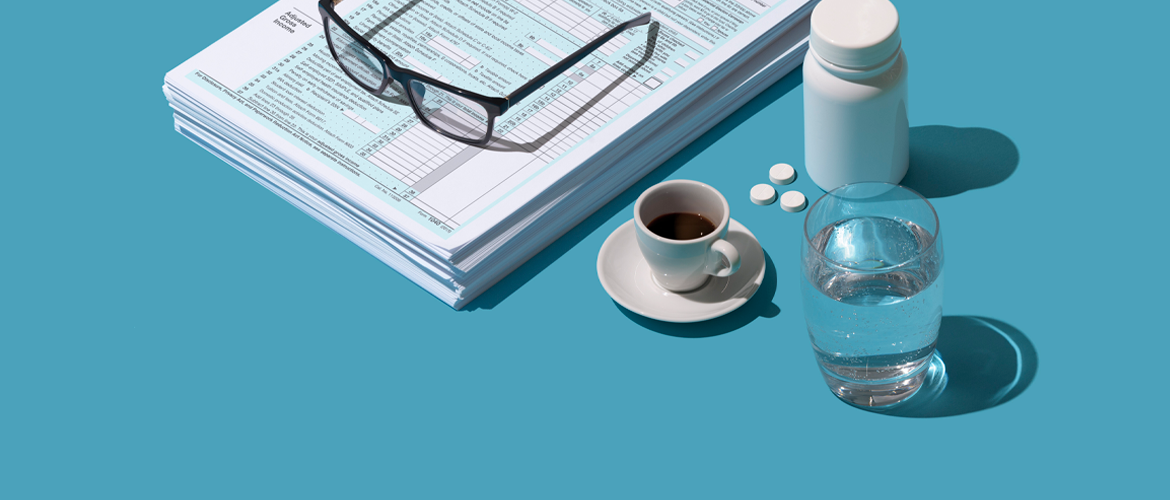Antimicrobial resistance (AMR) causes harm in the short and long term, to the person suffering from the resistant infection and to the community in which he or she lives, even to the entire planet. They impose costs on patients with susceptible infections, on those who may need antibiotics as prophylaxis, and on patients who cannot access hospitals because there are no beds available as they are occupied by other patients whose stay has been lengthened by an antibiotic-resistant infection.
The cost of hospital treatment of resistant infections is only a small part of the total cost, as highlighted by Smith and Coast in 2013, who search for the «true cost of microbial resistance.» These authors imagine a dystopian world without effective antibiotics and estimated that mortality from post hip surgery infections could increase by as much as 30%. The loss of antibiotic efficacy is a negative externality (in costs) of antibiotic consumption. A cost externality is generated when the effects of one person’s consumption harm other people, now or in the future. The total negative externality of antibiotic use is then the welfare loss due to AMR minus the welfare benefits that come from using antibiotics.
The costs of AMR should be calculated from a societal perspective, measuring the costs to the individual, to society (considering broader economic outcomes) and to the ecosystem. They should include besides the additional costs of medical treatment due to AMR, the costs of reduced labor productivity, reduced labor supply due to morbidity and premature mortality, and the «sunk costs» of reduced effectiveness of antibiotic treatments in the future due to current overprescribing.
According to a joint ECDC and EMEA technical report, in 2007 the total cost of AMR to five antibiotics in Europe, Iceland and Norway amounted to €1.5 billion. Sixty percent (€0.9 billion) corresponds to hospital costs, 30% to costs for lost productivity due to premature mortality and 10% to lost productivity due to sickness-related absenteeism from work.
AMR are growing at an alarming rate. Therefore, it is necessary to estimate not only the current costs, but also trends, by projecting costs into the future according to alternative scenarios. Estimates of AMR cost increases are extremely pessimistic because the problem is growing exponentially. According to the World Bank, in 2030 the global costs attributable to microbial resistance will represent between 1.2% and 4.1% of world GDP, only considering the reduction in labor supply due to premature mortality. If the broader effects on the economy were also considered, the figures would be much worse. Even in countries such as Sweden, where resistances in the past have not been of such concern, a report by the public health agency estimated that between 2030 and 2050 total annual costs will increase by 50%.
Good estimates of the cost of AMRs are important as a starting point for calculating the benefits of interventions to reduce AMRs. There are interventions that reduce the unnecessary consumption of antibiotics and thus the risk of bacterial resistance. These include stewardship programmes and rapid diagnostic tests. The HAPPY PATIENT project contributes to these policies. In the project we will estimate the effectiveness of interventions to reduce antibiotic consumption and quantify their cost-effectiveness, i.e. we will compare the benefits with the costs.

Beatriz G. López-Valcarcel
Professor of Quantitative Methods in Economics and Management at the University of Las Palmas de GC

